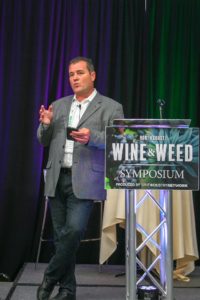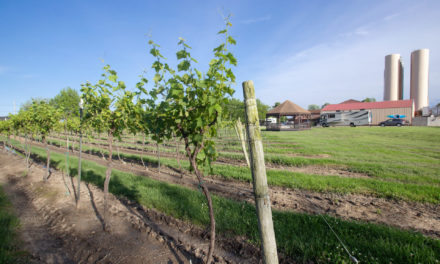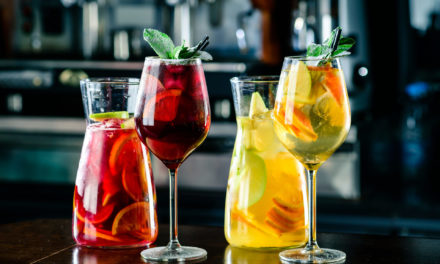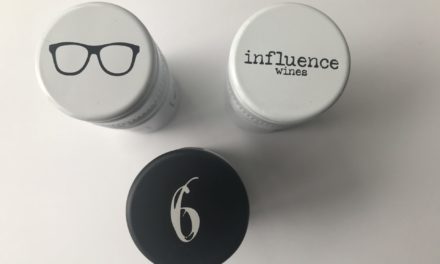
WIN Founder George Christie welcomes attendees to the 3rd annual Wine & Weed Symposium [Photo courtesy Wine Industry Network]
The first was just how much customer demographics are changing. In 2015, for example, 70 percent of cannabis buyers were millennials, according to data presented by Cy Scott, CEO of Headset, Inc., a cannabis retail sales analytics company. By 2019, though, that number had shrunk to 50 percent, while older buyers (gen X and baby boomers) went from a combined 28 percent to 44 percent of the market. Even more interesting was the increase in sales to members of the silent generation (those born between 1928 and 1945), which started at zero and, by 2019, was at 1 percent and growing. Overall sales are growing, too; in California alone, they rose from about $150 million per month at the end of 2018 to $215 million per month by the end of July 2019.
How is this impacting the sales of alcohol? According to Jessica Lukas, vice president, consumer insights at BDS Analytics, Inc., it isn’t—at least, not obviously. Yet. BDS predicts the total cannabis market, recreational and cannabadiol-related, will reach $45 billion by 2024. That’s a fraction of the projected $170 billion for alcohol during the same time frame. That being said, the percentage of adults open to or already consuming cannabis in states where it’s fully legal is steadily growing and is now in the majority. Furthermore, and more importantly, the percentage of alcohol consumers also using cannabis is increasing while the percentage of cannabis consumers also drinking alcohol is shrinking, a trend that suggests a substantial long-term risk to the market.

The Family Coppola CEO Corey Beck delivers the keynote address at the 3rd annual Wine & Weed Symposium [Photo courtesy Wine Industry Network]
It was clear from the day that, while cannabis in its various forms needs to be taken seriously by the beverage alcohol industry, the two can certainly co-exist—and, possibly, each benefit from the presence of the other.









































